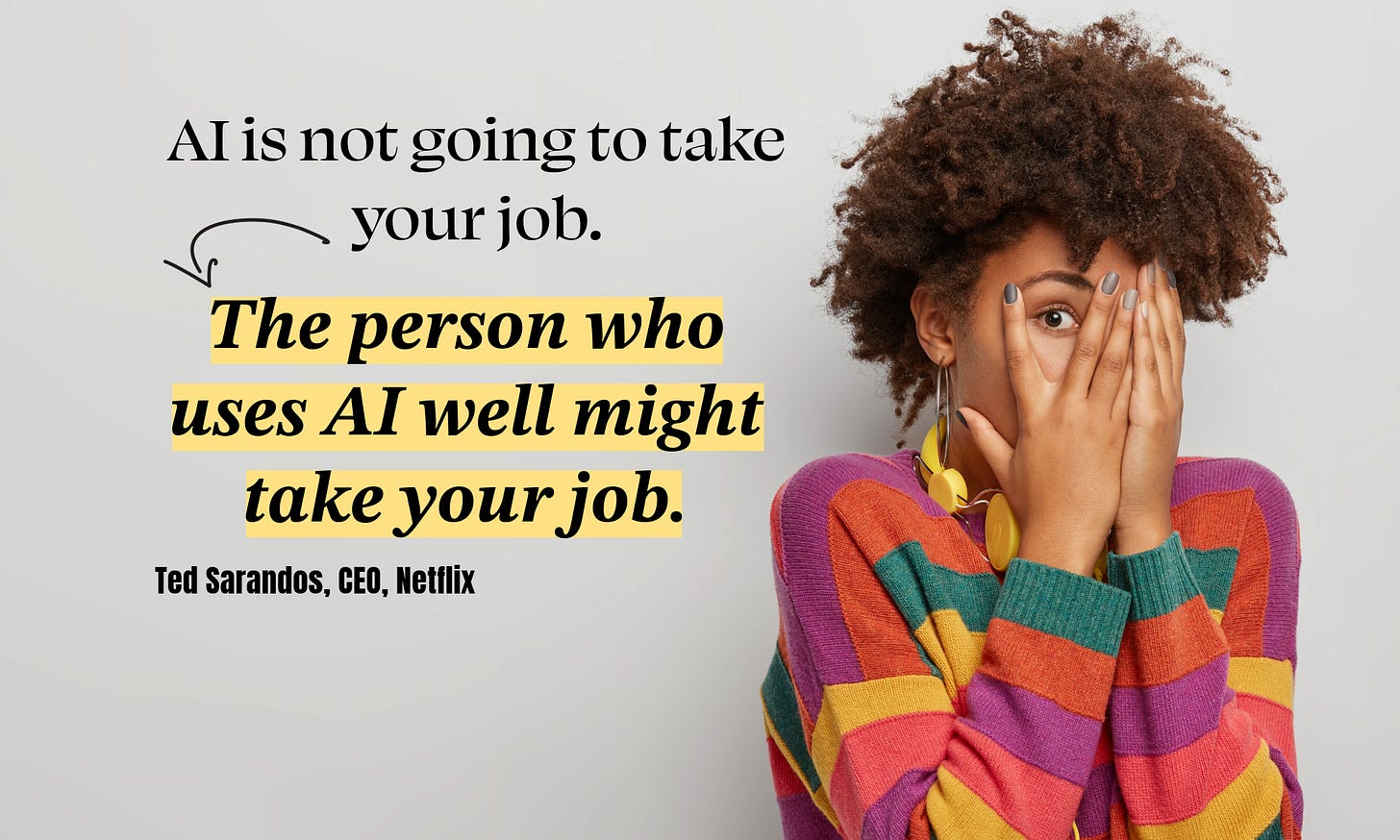Take the 7-day AI Upskilling Challenge!
Executive summary: I discuss AI's impact on employment and creativity and how it can be a tool for innovation rather than a threat to your job. If you have not immersed yourself in generative AI (ChatGPT, Claude, Gemini, Copilot, etc.), I offer you a unique challenge. Most people who take this challenge share concerns about hallucinations, so I clarify …
Keep reading with a 7-day free trial
Subscribe to Bill Talks AI to keep reading this post and get 7 days of free access to the full post archives.



